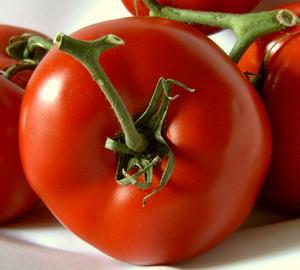Seeds aren’t exactly cheap if you consider the small amount contained within those little packets typically sold in stores. You don’t have to buy them. Save money and begin harvesting seeds from vegetables grown in your garden. You can start your very own heirloom vegetables to pass down from generation to generation.
Have you ever wondered about the process of harvesting and drying vegetable seeds? Unbeknownst to some, there’s more to harvesting and drying vegetable seeds than simply removing them, but the process really isn’t very difficult. The trick is to collect them at just the right time. If you do, you’ll be able to plant them again and enjoy another season of tasty homegrown vegetables.
If you collect the seeds too soon, they won’t contain the valuable nutrients they require in order to reproduce. If you collect them too late, age, insects, and weather might have caused damage. Even if they grow into healthy vegetable plants, since the seeds were harvested late, they’ll probably take longer to grow and mature.
Indicators of maturity are different for every vegetable. Consult the following guidelines for harvesting, and if your timing is right, you’re sure to have an abundant crop next season.
Drying
Vegetable seeds should be clean and dry before storage. Simply allow clean harvested seeds to dry on paper towels, and store them at room temperature in a dry location. The ones that are completely dry will last longer than those that aren’t, so don’t pack them away too soon.
Tomatoes
Allow tomatoes to remain on the vine until they’re slightly overripe and soft. At this point, the seeds are ready to harvest. Scoop them out along with the pulp, and place them in a bowl of water. After a few days, they will fully separate, and you’ll find the seeds at the bottom.
Peppers
Allow peppers to ripen to the point of changing color. When they begin to shrivel, the seeds are ready to collect. Simply pull them from the membrane of the pepper by hand, or gently scrape them away.
Eggplants
Eggplants should be allowed to fully ripen and fall to the ground before collecting the seeds. This is when they’re at their peak for harvesting and drying.
Simply remove the pulp from the center of the eggplant, and place it in a bowl of water. The pulp will break down over the next few days, and when it does, the healthy seeds will sink to the bottom of the bowl.
Zucchini
Leave zucchini squash on the vine until they harden so the seeds will be large and fully developed. Slice the zucchini open lengthwise, and pick out unblemished seeds by hand. There’s no need to soak the pulp in water before separation.
Cucumbers
When cucumbers begin to turn on the vine from deep green to golden, the seeds are ready to go. Pick the cucumbers, and slice them open lengthwise. Scoop out the pulp, and place it in a bowl of water. The pulp will breakdown over the next few days, and you’ll be able to collect the seeds from the bottom of the bowl.



